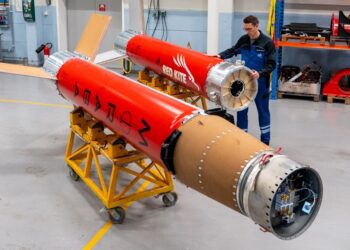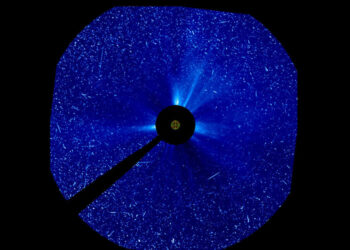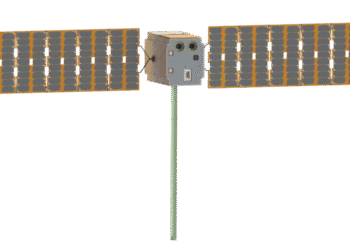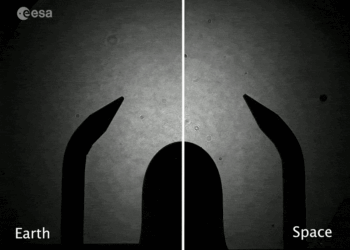NASA’s recent launch of the Arcstone satellite marks a significant development in the field of **satellite calibration**. The mission’s primary objective is to enhance the accuracy of Earth observation satellites by focusing on lunar reflectance. This is crucial because the Moon, with its stable surface reflectivity, provides an exact reference point that can improve the precision of satellite data.
Mission Objectives
The main goals of the Arcstone mission include:
- Calibrating and validating satellite-derived reflectance measurements through portable instrumentation.
- Utilizing the Moon’s surface as a reference to enhance data reliability from various Earth observation satellites.
- Reducing the discrepancies and improving the quality of climate data collected from space.
The Arcstone satellite is equipped with advanced instruments specifically designed to measure and analyze the Moon’s reflectance. This enables similar satellite instruments orbiting Earth to be calibrated with a high degree of accuracy.
Impact on Earth Observation
Earth observation satellites provide crucial data for understanding climate change, managing natural resources, and supporting disaster relief efforts. Accurate calibration of these satellites is essential for ensuring data consistency and reliability. The Arcstone mission is pivotal because:
- It establishes a stable and consistent reference point using the Moon.
- It enhances the **accuracy and precision** of satellite observations by reducing systematic errors.
- It contributes to the long-term stability of climate records and enhances our ability to track changes accurately over time.
The successful deployment and operation of the Arcstone satellite represent a major step forward in the accuracy of Earth observation efforts, with potential long-lasting impacts on how satellite data is used in science and policy making.
For more information on NASA’s Arcstone Satellite and its mission, you can visit the source.






















